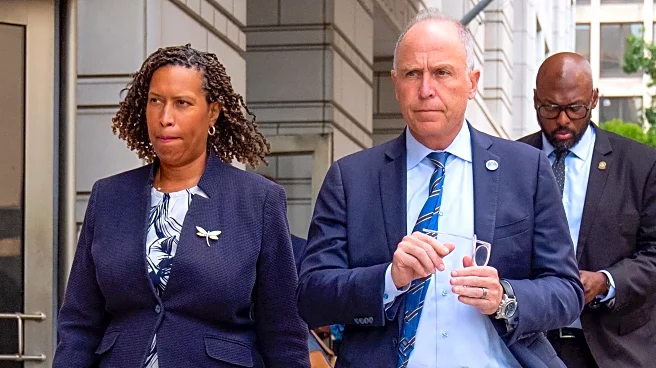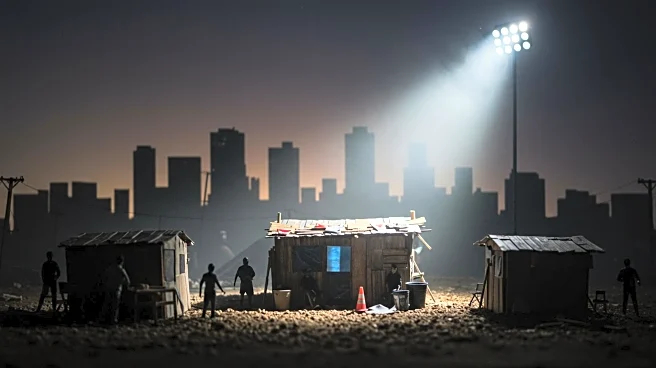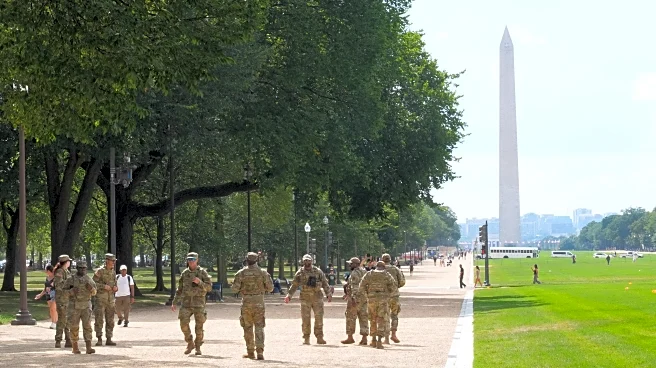What is the story about?
What's Happening?
In Washington, D.C., the third Saturday of August brought a high temperature of 92 degrees, surpassing the average for this time of year. Despite the heat and humidity, subtle signs indicate the waning of summer. The most notable sign is the earlier sunset, with Saturday marking the last day of the year when the sun sets after 8 p.m. According to the timeanddate website, the sunset on Saturday was at 8:01 p.m., while Sunday’s sunset is scheduled for 7:59 p.m. This shift, though minor, suggests the gradual transition from summer to fall. The change in daylight hours is accompanied by the anticipation of the new school year, as Fairfax County Public Schools prepare to welcome 183,000 students back on Monday.
Why It's Important?
The transition from summer to fall in Washington, D.C., has broader implications for the community and local economy. The earlier sunsets and the start of the school year signal a shift in daily routines and activities. Businesses, particularly those in retail and hospitality, may experience changes in consumer behavior as families adjust to school schedules. Additionally, the end of summer often brings a focus on upcoming fall events and holidays, impacting local tourism and event planning. The seasonal change also affects energy consumption patterns, as cooler temperatures reduce the demand for air conditioning, potentially lowering energy costs for residents.
What's Next?
As summer transitions to fall, residents and businesses in Washington, D.C., will adapt to the changing season. Schools will resume, bringing increased traffic and activity in the mornings and afternoons. Local businesses may adjust their offerings to cater to back-to-school needs and fall events. The community will also prepare for upcoming holidays, which could boost local economic activity. Additionally, the shift in weather patterns may prompt residents to engage in more outdoor activities as temperatures become more moderate.
Beyond the Headlines
The seasonal transition in Washington, D.C., highlights the interconnectedness of natural cycles and human activities. The earlier sunsets and cooler temperatures serve as reminders of the Earth's orbit and axial tilt, influencing cultural and societal rhythms. This period of change can also evoke a sense of nostalgia and reflection, as individuals and communities look back on summer experiences and prepare for the new season. The transition underscores the importance of adaptability and resilience in the face of natural and societal changes.
AI Generated Content
Do you find this article useful?













